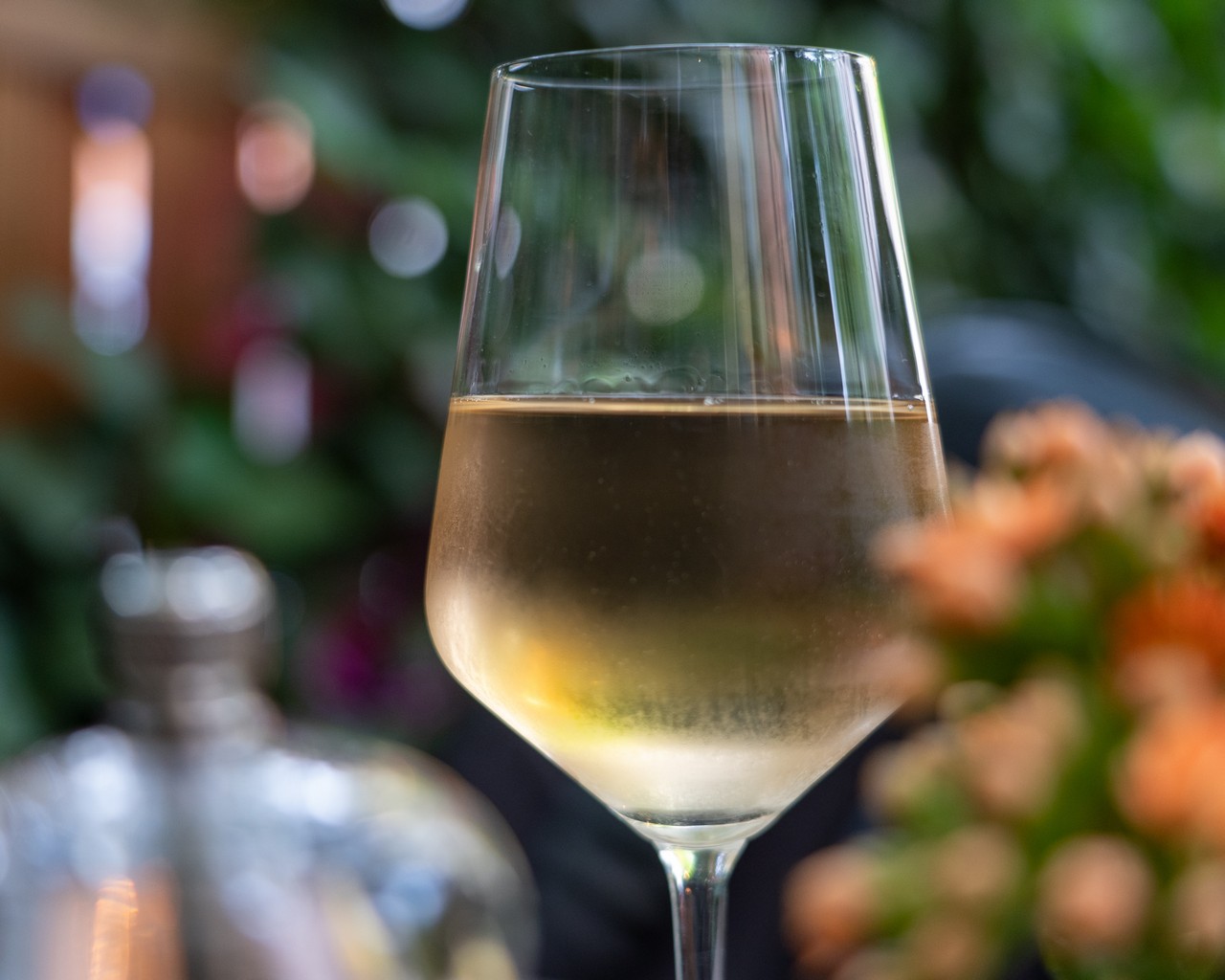During the summer and with the high temperatures that have to be endured during this season, it seems that when tasting a wine you want more of a white. It is logical: these wines are usually served at much lower temperatures than red wines, and are characterized by a higher acidity. But the world of white wines is very extensive and there are wines suitable for consumption at any time of year and in any situation.
Although the type of grape used is one of the main characteristics by which white wines are distinguished from red wines, this is only one of the many differences that we find in their elaboration.

White grape in a vineyard during autumn.
To make white wines, white grape varieties are generally used, but red grapes whose pulp and must are white can also be used.
The control of the temperature during the whole process of elaboration is another of the keys in the production of white wines: It is important to maintain a low temperature for the extraction of aromas.
Within the white wines we can find different varieties. If we base on sugar we have: dry, semi-dry, sweet… The sugar content is adjusted during fermentation. Fermentation is the process by which the yeasts transform the sugar present in the must into alcohol. If we are looking for a dry wine, we will let the yeast act until it runs out of nutrients, while we can interrupt the fermentation to get sweeter wines.
We can also classify them depending on whether or not they have gone through the barrel. Although the most common in Spain are young white wines, without going through the barrel, there are some white wines that have gone through the barrel. This is the case of our Henri Marc 03 Malvasia.







